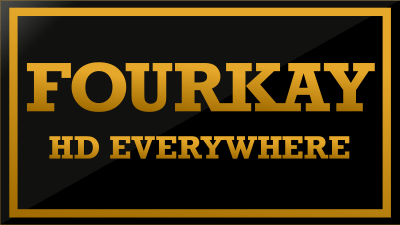HDMI FAQs
What device do I need to distribute 4K UHD from Sky Q, Virgin UHD, BT Sport, Apple TV 4K etc?
4K UHD content will be 3840x2160 pixels at 50 or 60 frames per second - 4K@50Hz or 4K@60Hz. In order to distribute this through an HDMI extender, to duplicate it through a splitter or route it through a matrix switch you will need to be sure that the device is capable of this resolution. Devices with a maximum resolution of 4K@30Hz will not be sufficient. You will also need to check that the device (and all other devices in the transmission chain) is HDCP 2.2 and HDMI 2.0 compliant. Finally....use quality HDMI leads.
Why is HDMI downscaling useful?
HDMI downscaling converts a higher resolution (eg 4K) to a lower resolution (eg 1080p HD) so that a source device that is capable of high resolution output can be succesfully connected to a - possibly older - display that has more limited resolution. If there is only one display attached to the souce device it is generally not going to require a downscaler as the source device will often offer settings to change the resolution if it doesn't do this automatically after reading the display's EDID. However, where multiple displays of with different features are attached to a source via a splitter or matrix then the ability to downscale at indivudual output port level is very useful as the source device can output a high resolution for the displays that are capable of receiving it while the downscaling feature converts the output for the displays with lower capabilities. As the displays get upgraded the downscaling can be turned off at each port where it had been active.
EDID. What is it and what is it used for?
Under normal circumstances, a source device (for example, a Sky receiver) will require information about a connected device/display to assess what resolutions and features are available. The source can then cater its output to send only resolutions and features that are compatible with the attached device/display. This information is called EDID (Extended Display Information Data) and a source device can only accept and read one EDID from a connected device/display. Likewise, the source can only output one resolution for use by a connected device/display.
Why is EDID so important with HDMI Matrix and Splitters?
Matrix switches and splitters are complex pieces of technology that replicate between multiple outputs and switch between multiple inputs. Connected source devices each require just one EDID to read. EDID management is handled by HDMI Matrix Switches or Splitters to provide a single EDID for each source to read in order to provide suitable audio and visual output format for all connected devices. The single EDID presented to the source device should be the highest common resolution and feature set of all the connected devices otherwise it is likely that connected displays with lower resolutions or limited audio formats will not receive a compatible signal. Our Matrix Switches and Splitters have EDID management options that allow users to set appropriate EDID values.
What is the difference between PoE and PoC?
PoE (Power-over-Ethernet) refers to several electrical standards for transmitting power and data simultaneously over Cat5e/6/7 cable. Voltage ranges are standardised and power will only be applied to the line once a remote device is detected. PoC (Power-over-Cable) is a similar transmission of power and data over Ethernet but non-standardised in order to meet the voltage needs of specific proprietary systems. PoC applies power to the line without detecting a remote device. (PoC is also used to refer to Power-over-Coaxial cable which is often used for CCTV installations).
